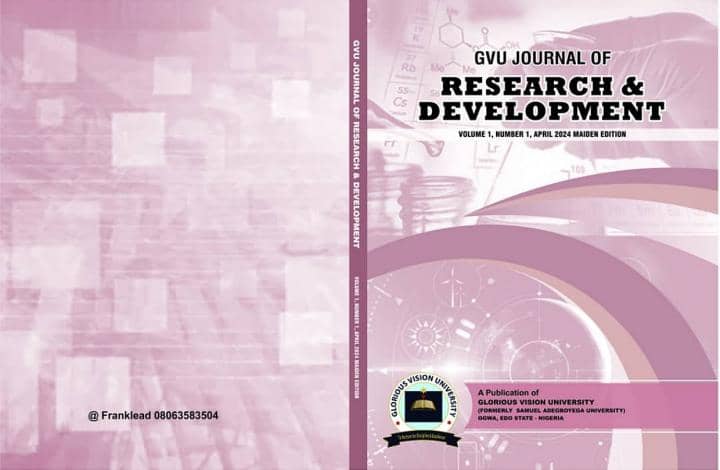Nutritional Value of Bitter Leaf (Vernonia Amygdalina) and Scent Leaf (Ocimum Gratissimum)
DOI:
https://doi.org/10.5281/zenodo.14031838Keywords:
Nutritional value, Scent leaves, Bitter leaves, Vitamins, MineralsAbstract
Nutritionally, most vegetables, including Vernonia amygdalina (Bitter leaf) and Ocimum gratissimum (scent leaf), are essential to the healthy development of the human vital organs. This study compared the nutritional values of these two vegetables. The research involved conducting mineral and proximate analyses of the Vernonia amygdalina (Bitter leaf) and Ocimum gratissimum (scent leaf). Fresh vegetable samples of Bitter leaf (Vernonia amygdalina) and Scent leaf (Ocimum gratissimum) were gathered from a personal farm in Edjeba, located in Warri South Local Government Area of Delta State. The vegetables underwent air-drying at room temperature and were ground and sieved using a 2mm sieve. They were then placed in sterile Ziploc bags and sent to the laboratory for analysis. The proximate composition was determined using the AOAC method. The findings showed that Bitter leaf had a high protein content (39.90%), while Scent leaf contained lower protein (14.80%). Scent leaf, however, had higher levels of essential minerals such as Calcium (28.61mg/Kg), Potassium (46.30mg/Kg), and Magnesium (16.20mg/Kg), as well as a higher moisture content of 0.52, compared to Bitter leaf's Calcium (11.33mg/Kg), Potassium (18.24mg/Kg), Magnesium (9.52mg/Kg), and moisture of 0.16. These results revealed that Vernonia amygdalina and Ocimum gratissimum could positively impact blood production in the human body and can be beneficial for both children and adults as part of a nutritious diet.



